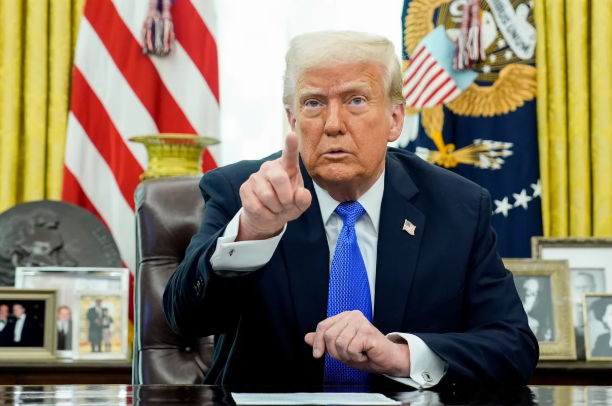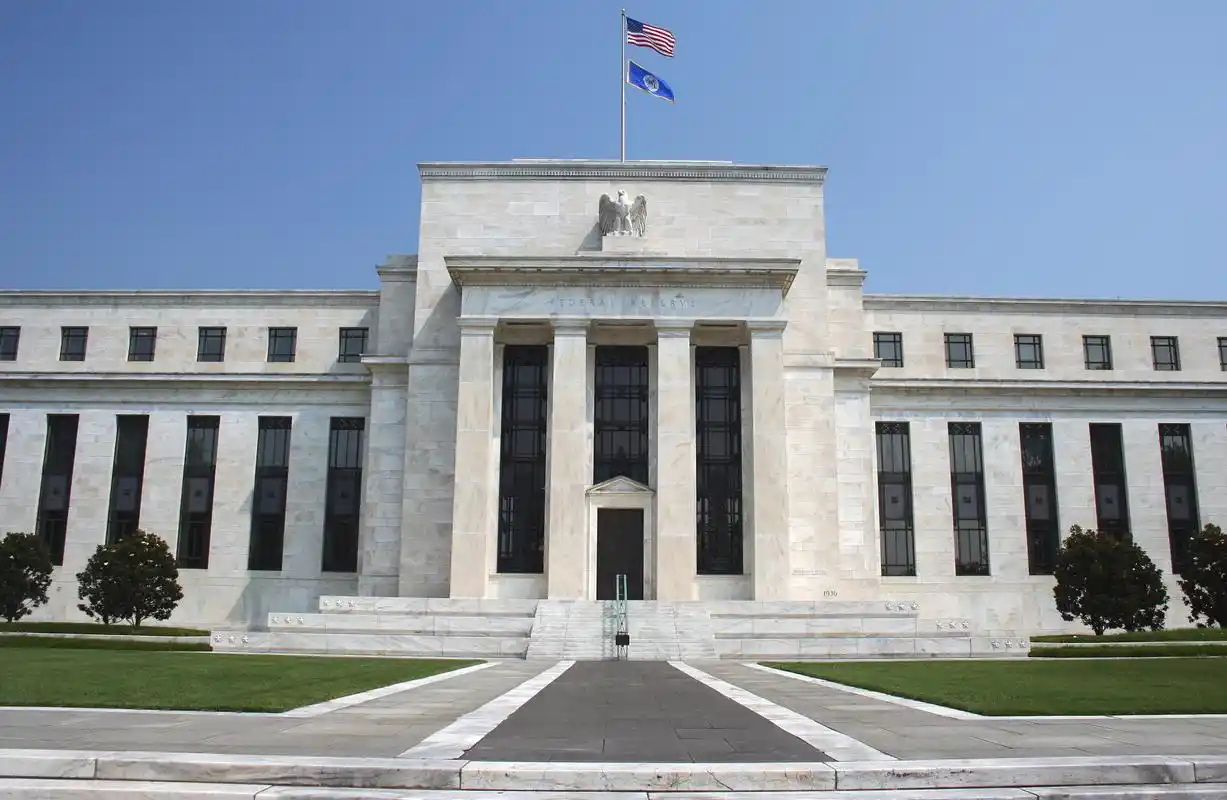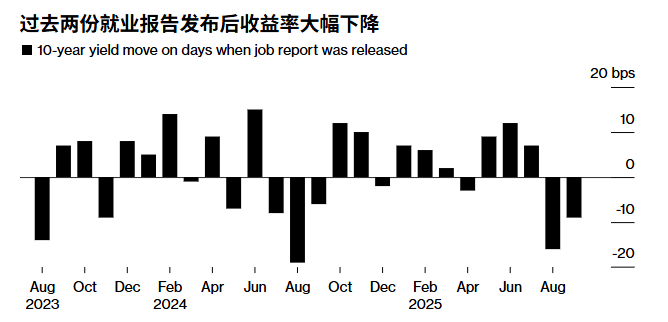Trump is preparing to issue a “liberation day” tariff announcement on April 2, unveiling so-called reciprocal tariffs that he believes are a retaliation for tariffs and other barriers imposed by other countries, including long-time US allies. According to informed officials, although this announcement will still represent a major expansion of US tariffs, its focus is more targeted than the sweeping, global action Trump had previously considered.

Officials said that Trump will announce broad reciprocal tariffs on some countries or groups, but will exclude some countries. Moreover, as of now, the government has no plan to announce separate tariffs targeting specific industries at the same event, as Trump had once suggested.
However, an official said that Trump hopes his tariff measures will take effect immediately and the planned announced rates will take effect immediately. These measures may further exacerbate relations with allies and at least trigger some retaliation, thereby threatening an escalation of the situation. An official said that only those countries that do not impose tariffs on the United States and have a trade surplus with the United States will not be subject to tariffs under the reciprocity plan.
As with many policy processes during the Trump administration, the situation remains unstable, and any decisions made before the president’s announcement are not final. Last week, an aide repeatedly referred to “negotiations” within the administration on how to implement the tariff plan – while some of the toughest signals came from Trump himself, emphasizing his public intention to significantly raise import taxes as a source of revenue.
Trump said in the Oval Office on Friday: “April 2nd will be the liberation day of the United States. We have been deceived by all countries in the world, whether friends or foes.” He added that this would bring in “hundreds of billions of dollars” in revenue, while another aide recently said that tariffs could bring in trillions of dollars over a decade.
But the market’s response to the initial tariffs imposed by the US on Canada, Mexico and China, as well as certain metals, has been overshadowed by the heavy atmosphere in the White House, as the president has long regarded major indices as the yardstick of his success or failure.
Trump administration officials have publicly acknowledged in recent days that the list of targeted countries may not be universal, and that other existing tariffs (such as steel tariffs) may not be cumulative, which will significantly reduce the tariff impact on these industries. Trump himself has also made comments, increasingly focusing his remarks on reciprocal measures.
This is already a retreat from Trump’s original plan, which aimed to impose a uniform tariff rate on all countries around the world. Later, it evolved into a “reciprocity” proposal that included both tariffs and non-tariff barriers. It is still unclear which countries Trump will target with his more focused measures. An official said that during discussions on the matter, he had listed the European Union, Mexico, Japan, South Korea, Canada, India and China as trade abusers.
Although the scope is narrower, Trump’s plan is still much broader than his first-term plan and will test the market’s tolerance for uncertainty and a series of import taxes.
White House Press Secretary Caroline Levitt said on Thursday: “High tariffs will take effect and the president will announce them personally.”
Kevin Hassett, director of the National Economic Council under Trump, said that the market had overestimated the scope of the impact.
He told Fox Business host Larry Kudlow: “One thing we see from the market is that they expect the United States to impose high tariffs on every country.” Kudlow held Hassenett’s position during Trump’s first term. “I think the market needs to change its expectations because not everyone is cheating us on trade. Only a few countries will be subject to some tariffs.”
Trump also promised to combine these tariffs with those on the auto, semiconductor chip, pharmaceutical and wood industries. He said that auto tariffs would be imposed in the same batch. “I think we’ll implement them on April 2,” he said at an Oval Office event in February.
But officials said the plans remain unclear and for now, they will not be rolled out at the same “Liberation Day” event.
Officials said that the auto tariff is still under consideration and Trump has not ruled out the possibility of implementing it at another time. But the exclusion of this measure from the April 2 announcement is good news for the auto industry, as it was facing the prospect of up to three different tariffs, which would have put pressure on the supply chain.
The “Liberation Day” event might also include some tariff rollbacks, although this is still uncertain. Trump imposed tariffs on Canada and Mexico and then significantly reduced them, claiming that the two countries failed to slow down the flow of fentanyl to the United States. The fate of these tariffs remains unclear: officials say that Trump’s suspension of these tariffs is about to expire, but they may be completely cancelled and replaced by reciprocal tariffs.


